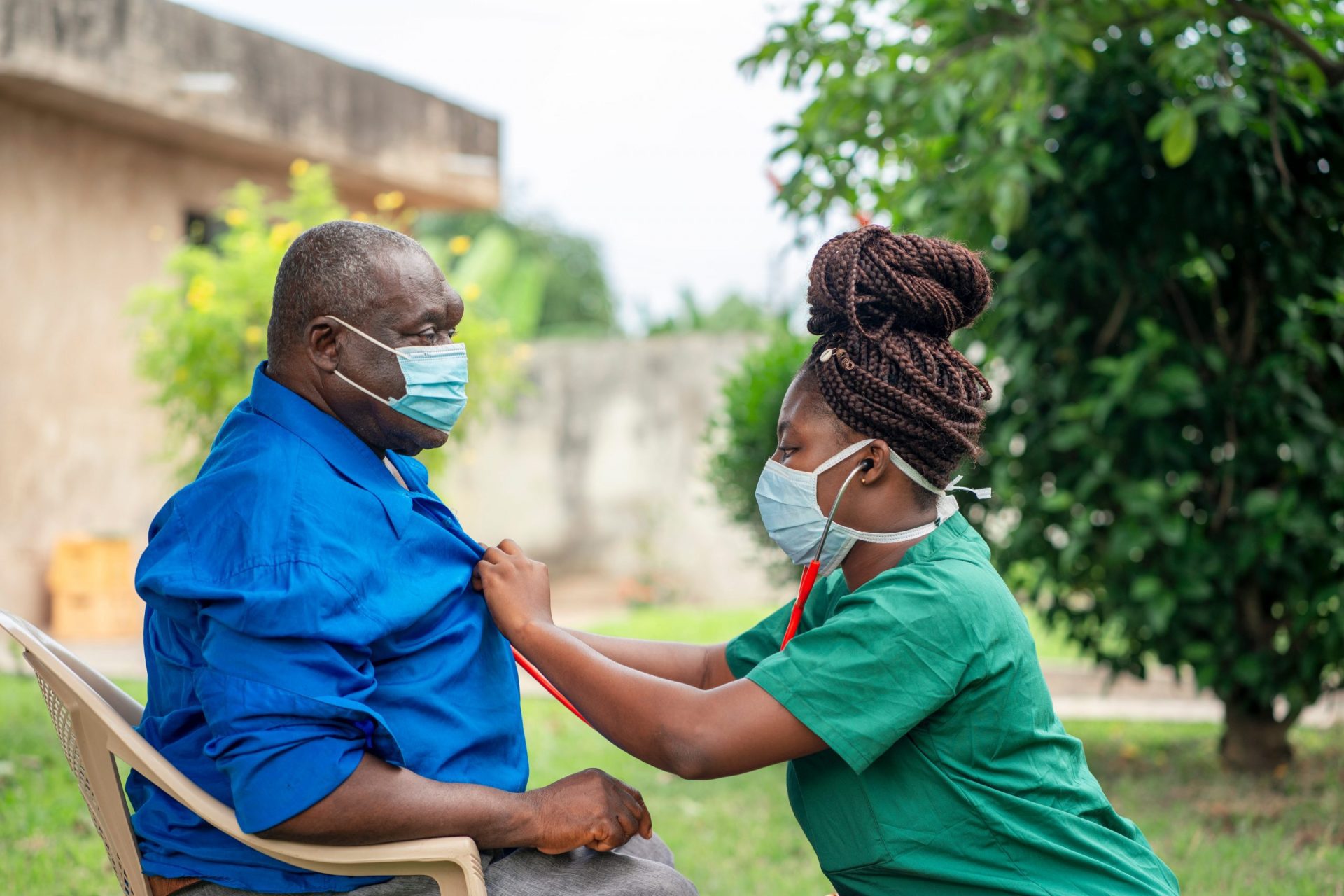When facing a lymphoma diagnosis, understanding the available treatment options becomes crucial for patients navigating this challenging journey. Lymphoma, a cancer affecting the immune system’s lymphatic network, presents unique challenges that modern medicine continues to address with increasingly effective approaches. Let’s explore the treatments giving patients new reasons for optimism.
Understanding the lymphoma landscape
Lymphoma divides into two primary categories, each requiring different treatment approaches. 1) Hodgkin lymphoma typically affects young adults and features distinctive Reed-Sternberg cells. This form responds well to treatment, with many patients achieving complete remission. 2) Non-Hodgkin lymphoma encompasses numerous subtypes that vary in aggressiveness and treatment response, requiring more tailored therapeutic strategies.
When diagnosed early, both types offer promising outcomes, though treatment paths differ significantly based on specific diagnosis, disease stage, and individual health factors. The medical community continues refining these approaches, with survival rates improving steadily over recent decades.
Chemotherapy evolves with more tolerable options
Chemotherapy remains fundamental in lymphoma treatment, though today’s protocols differ significantly from earlier generations. Modern chemotherapy regimens for lymphoma include combinations like ABVD (for Hodgkin lymphoma) and R-CHOP (for non-Hodgkin lymphoma), carefully calibrated to target cancer cells while minimizing damage to healthy tissue.
- Newer chemotherapy formulations deliver medications more precisely to cancer cells, reducing collateral damage to healthy tissues. This targeted approach means many patients experience less severe side effects while maintaining or improving treatment effectiveness. Additionally, supportive medications now help manage nausea, fatigue, and other traditional chemotherapy challenges, making treatment more tolerable.
“Dose-dense” chemotherapy schedules, where treatments occur more frequently but at carefully controlled strengths, show promise for certain lymphoma types, potentially shortening overall treatment duration while maintaining effectiveness.
Radiation therapy becomes more precise
Radiation therapy plays a crucial role for many lymphoma patients, particularly those with early-stage Hodgkin lymphoma or localized non-Hodgkin lymphoma. 4) Today’s radiation approaches use sophisticated imaging and delivery techniques that focus treatment beams with millimeter precision, sparing surrounding tissues and reducing long-term complications.
Intensity-modulated radiation therapy (IMRT) represents one significant advance, using computer-guided delivery to conform radiation doses to unusual shapes, protecting vital organs while effectively treating cancerous regions. These refinements help preserve fertility, heart function, and lung capacity – especially important for younger patients facing decades of post-treatment life.
Targeted therapies change the treatment equation
Perhaps the most exciting lymphoma treatment advances come from targeted therapies that attack specific molecules cancer cells need to survive and multiply. 5) Unlike traditional chemotherapy that affects all rapidly dividing cells, targeted treatments focus on cancer’s specific vulnerabilities, often allowing patients to maintain better quality of life during treatment.
Monoclonal antibodies like rituximab revolutionized non-Hodgkin lymphoma treatment by targeting the CD20 protein found on B-cell lymphomas. This targeted approach improved survival rates while reducing side effects. Newer generations of antibody treatments conjugate with chemotherapy agents, delivering toxic medications directly to cancer cells while sparing healthy tissue.
BTK inhibitors represent another breakthrough, blocking enzymes lymphoma cells need for growth and survival. For certain lymphoma subtypes, these oral medications offer alternatives to traditional intravenous chemotherapy, sometimes with fewer systemic side effects.
Immunotherapy unleashes the body’s natural defenses
Immunotherapy marks a paradigm shift in cancer treatment, teaching the immune system to recognize and attack lymphoma cells it previously overlooked. 6) CAR T-cell therapy, a groundbreaking immunotherapy approach, engineers a patient’s own immune cells to target specific cancer markers, creating a “living drug” that continues working long after administration.
This personalized treatment involves collecting a patient’s T-cells, genetically modifying them to target lymphoma, then reinfusing them to hunt down cancer throughout the body. For patients with relapsed or resistant disease, this approach offers new hope when conventional treatments fail.
Immune checkpoint inhibitors represent another promising immunotherapy strategy, removing the brakes cancer places on immune response and allowing natural defenses to recognize and attack lymphoma cells more effectively. These treatments show particular promise for Hodgkin lymphoma patients with limited options.
Stem cell transplantation offers reset for immune system
For patients with aggressive lymphoma or those experiencing relapse, stem cell transplantation provides options for lasting remission. 7) Autologous transplants use a patient’s own stem cells, collected before intensive chemotherapy destroys diseased bone marrow, then reinfused to rebuild healthy blood production. This approach offers a chance to use higher chemotherapy doses than would otherwise be possible.
Allogeneic transplants utilize donor stem cells, introducing an entirely new immune system that can recognize and attack remaining lymphoma cells – a phenomenon called graft-versus-lymphoma effect. While powerful, this approach carries greater risks and requires careful donor matching to minimize complications.
Reduced-intensity or “mini” transplants now provide options for older patients or those with other health conditions who might not tolerate traditional high-dose transplant protocols, expanding this treatment to previously ineligible individuals.
Clinical trials provide access to tomorrow’s treatments
For many lymphoma patients, participation in clinical trials offers access to cutting-edge treatments before they become widely available. 8) Today’s lymphoma trials explore combination approaches using targeted therapies, immunotherapies, and novel agents that attack cancer through previously unexplored mechanisms.
Trial participation not only provides patients with carefully monitored access to innovative treatments but contributes to advancing lymphoma care for future patients. Many of today’s standard treatments began as clinical trial protocols, highlighting their critical importance in treatment evolution.
Supportive care improves treatment experience
Beyond direct cancer treatments, comprehensive lymphoma care includes managing side effects and supporting overall health during treatment. Antiemetic medications effectively control nausea, while growth factors support blood cell production between treatment cycles. Nutritional support, physical therapy, and pain management strategies address specific challenges patients face.
The psychological dimensions of lymphoma treatment receive increasing attention, with many treatment centers integrating mental health professionals into care teams. Managing anxiety, depression, and treatment-related stress improves both quality of life and treatment adherence.
The path forward: personalized lymphoma care
The future of lymphoma treatment lies in increasingly personalized approaches based on molecular profiling of each patient’s specific disease. Genetic analysis of lymphoma cells already guides treatment selection, with certain mutations predicting response to specific therapies.
Ongoing research focuses on identifying patients who might achieve remission with less intensive treatments, sparing them unnecessary side effects while maintaining effectiveness. Conversely, identifying high-risk disease features helps direct more aggressive approaches to patients most likely to benefit.
For lymphoma patients today, treatment options offer more hope than ever before. The combination of traditional approaches refined through decades of research alongside breakthrough therapies creates multiple pathways to potential remission. With continuous advances emerging from research labs worldwide, the outlook for lymphoma patients continues brightening, transforming what was once often fatal into a disease increasingly managed as a chronic condition or cured completely.


















